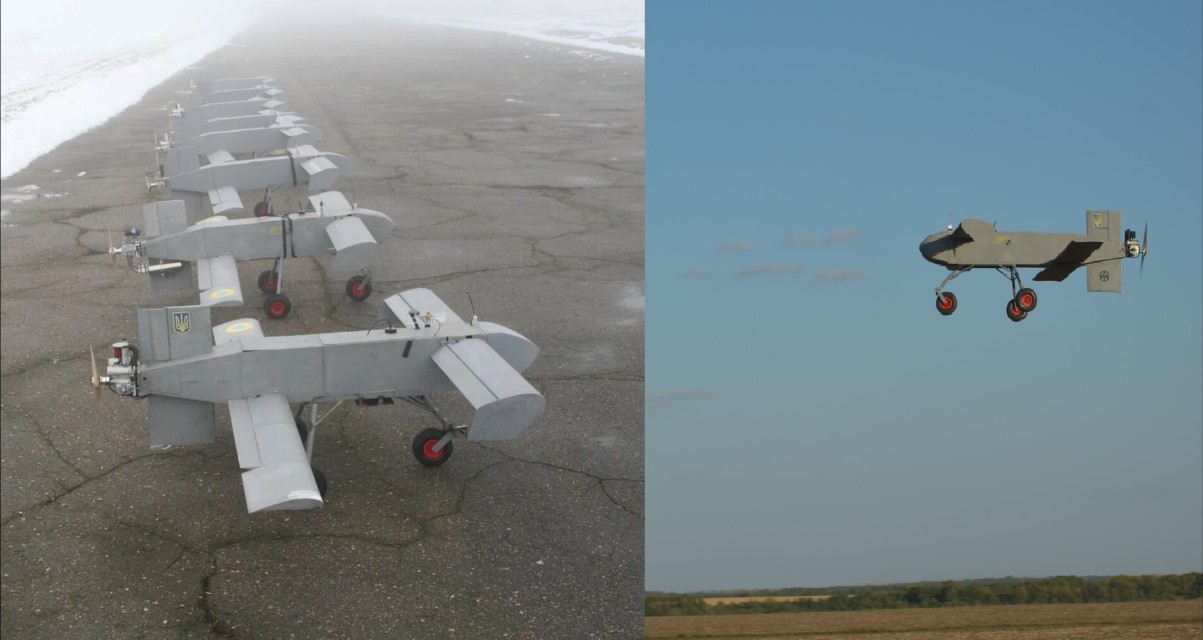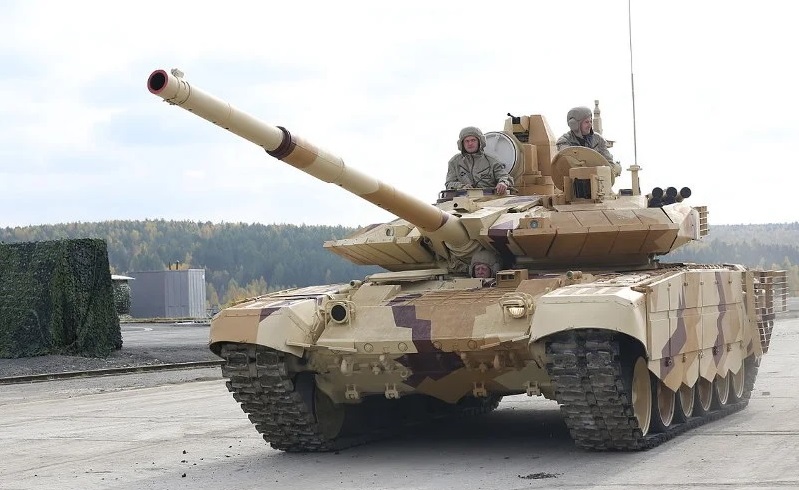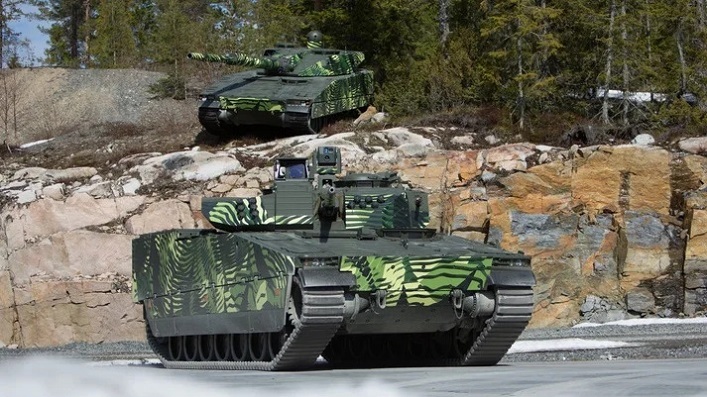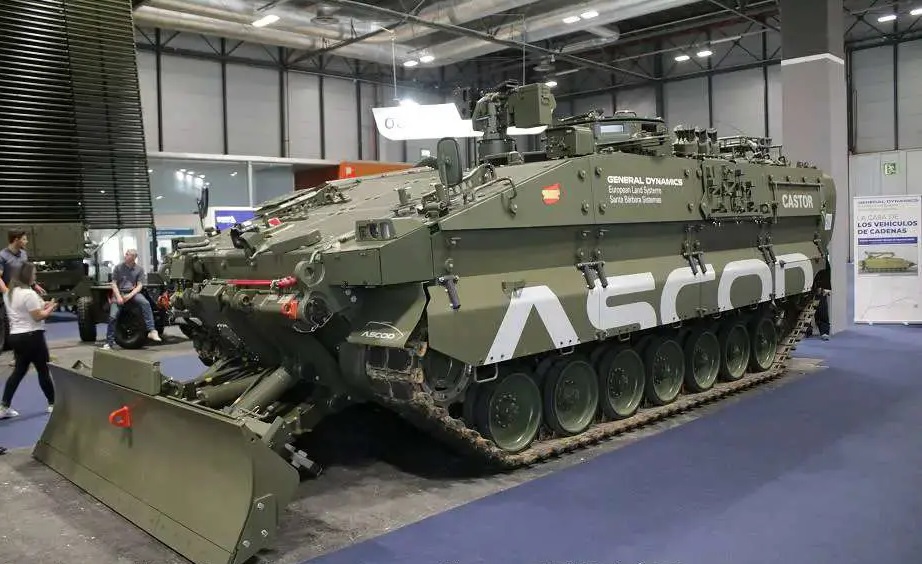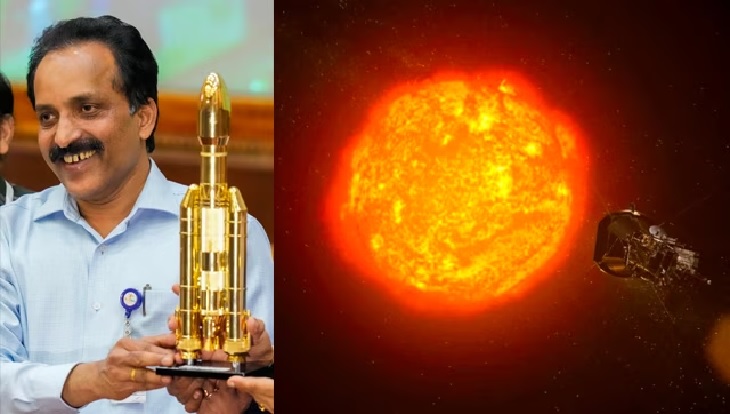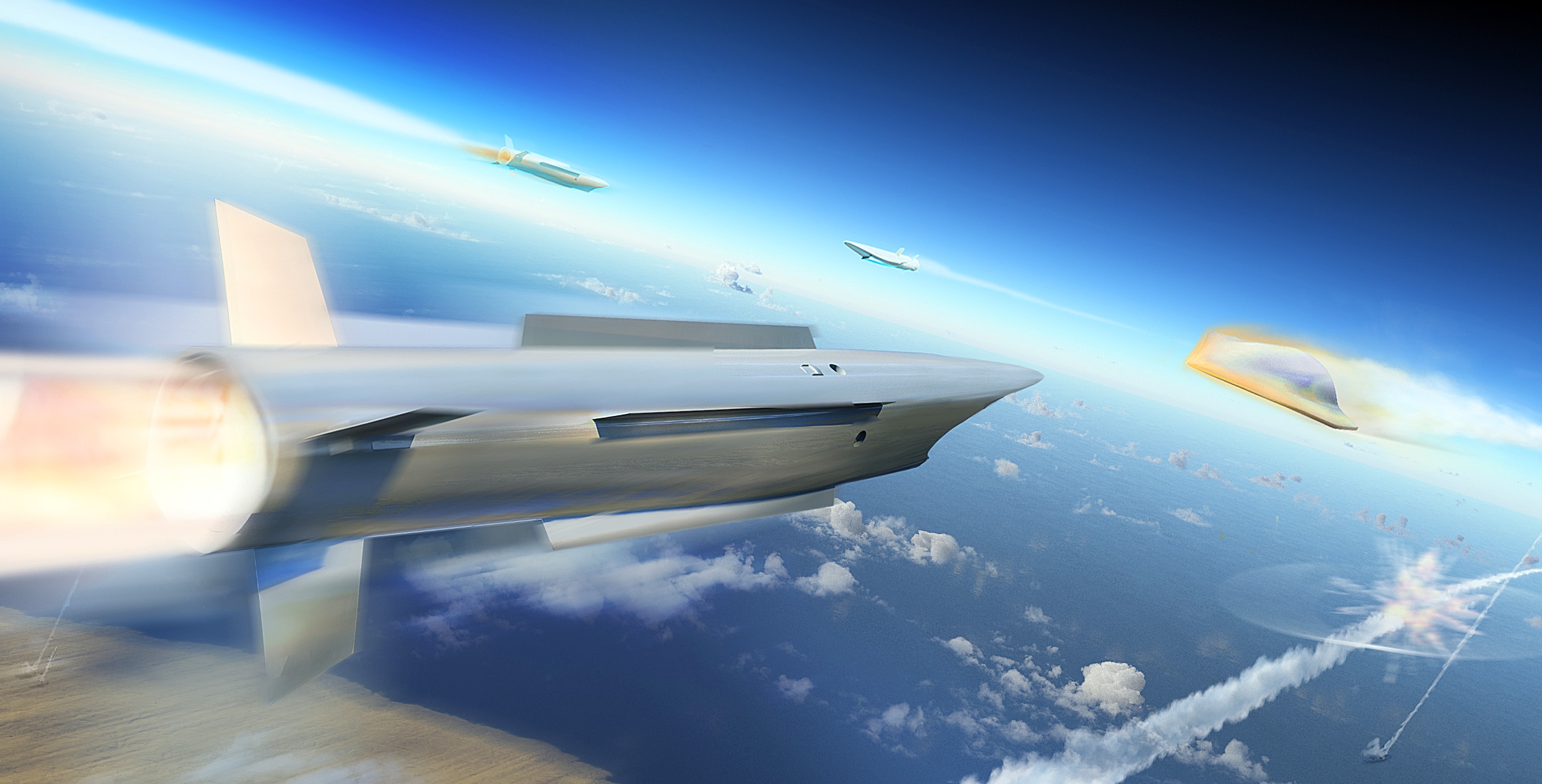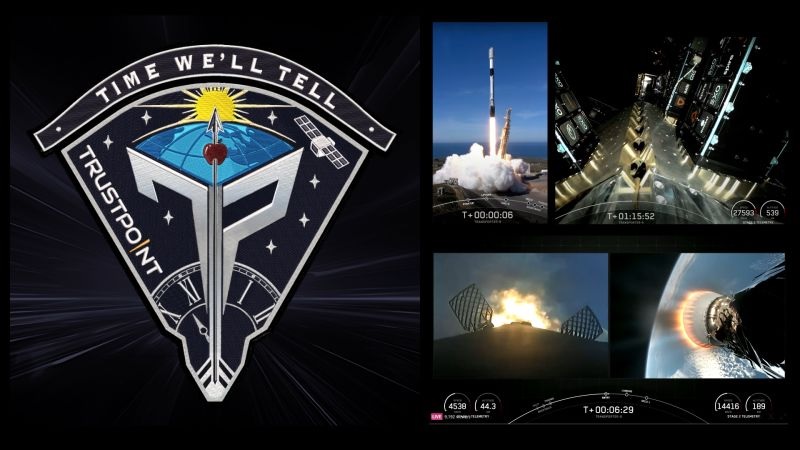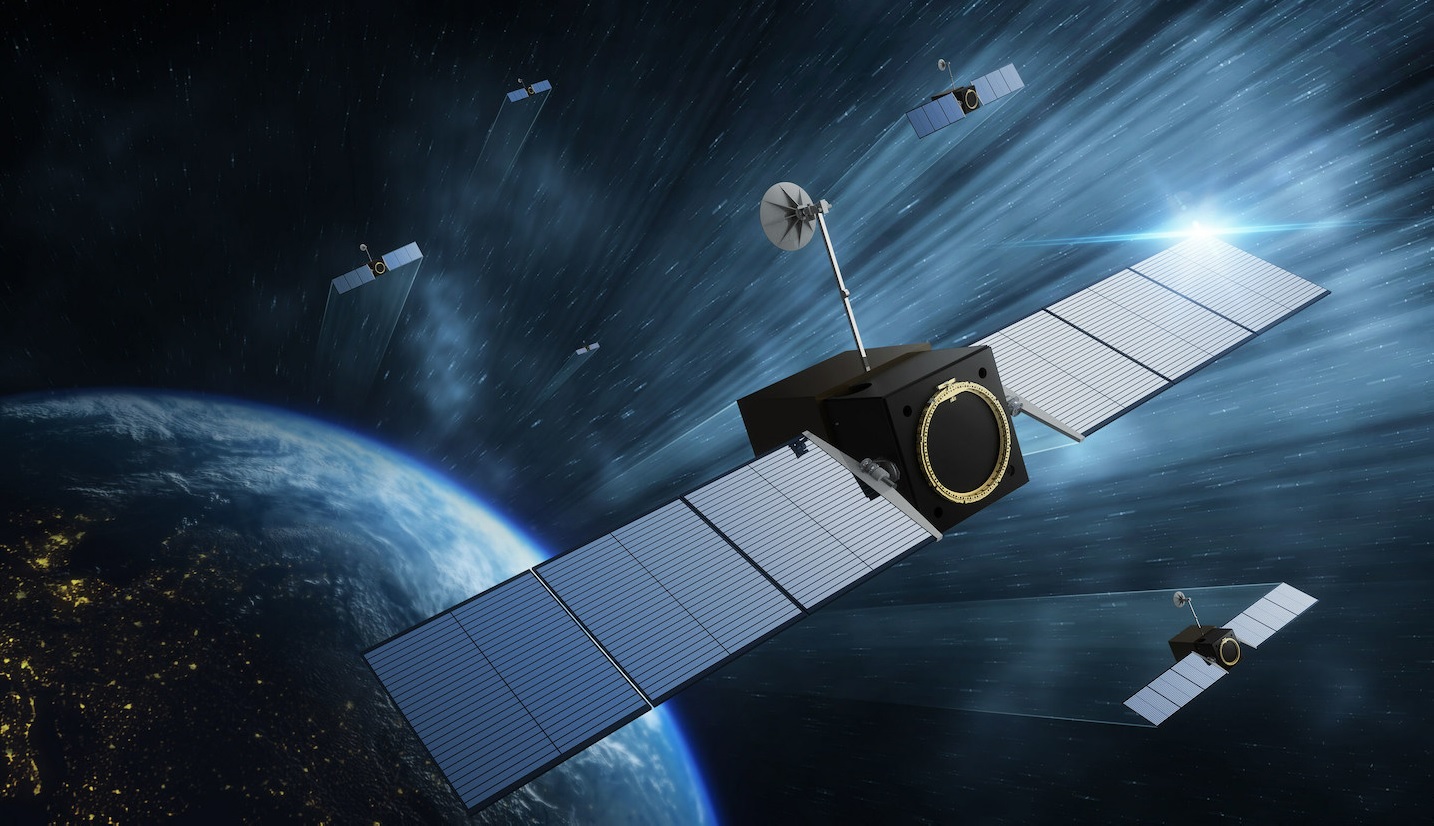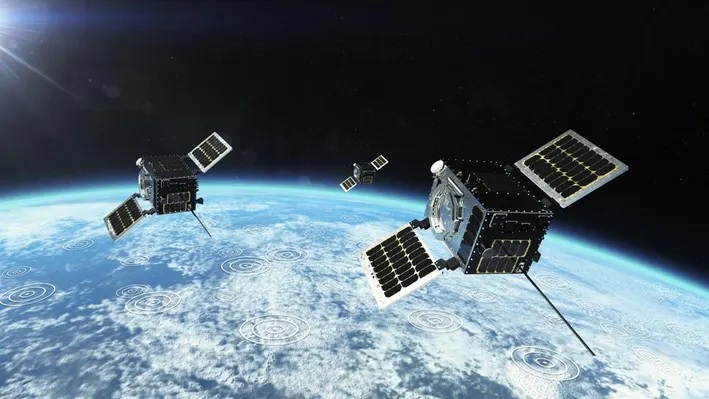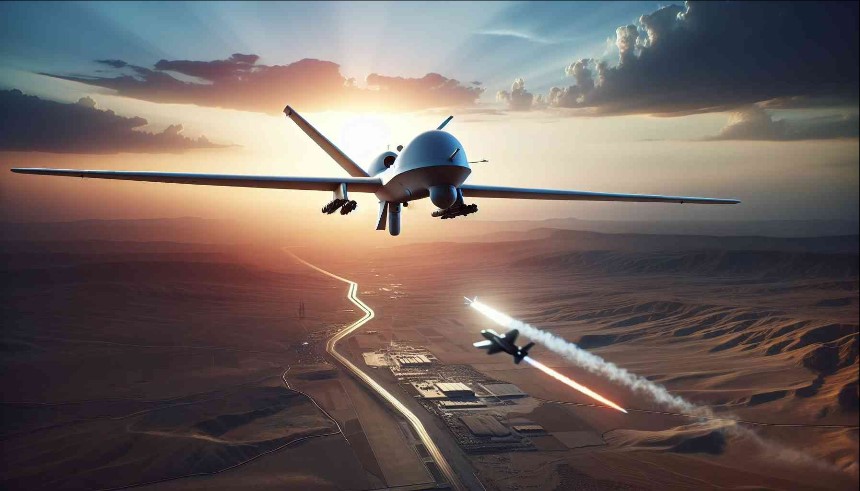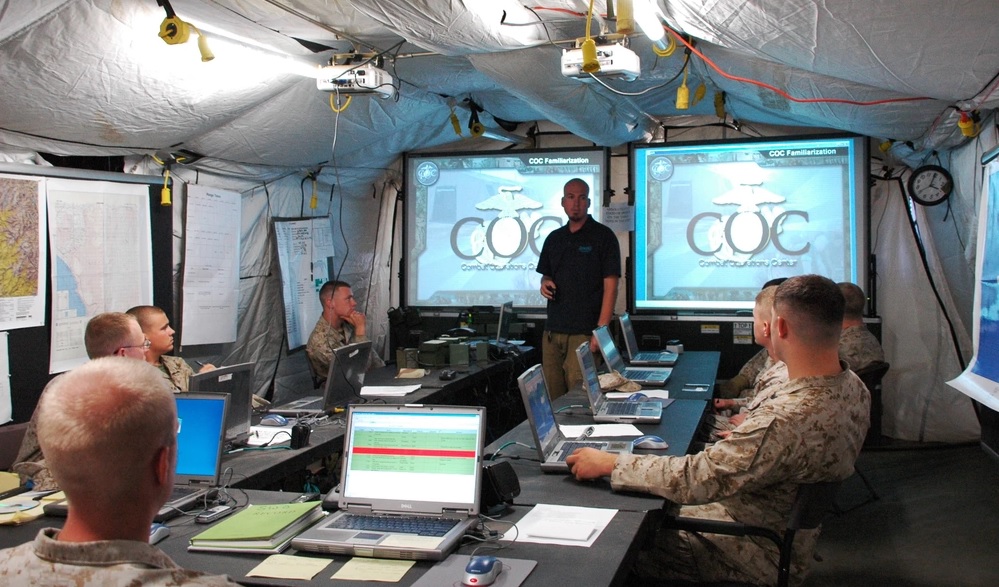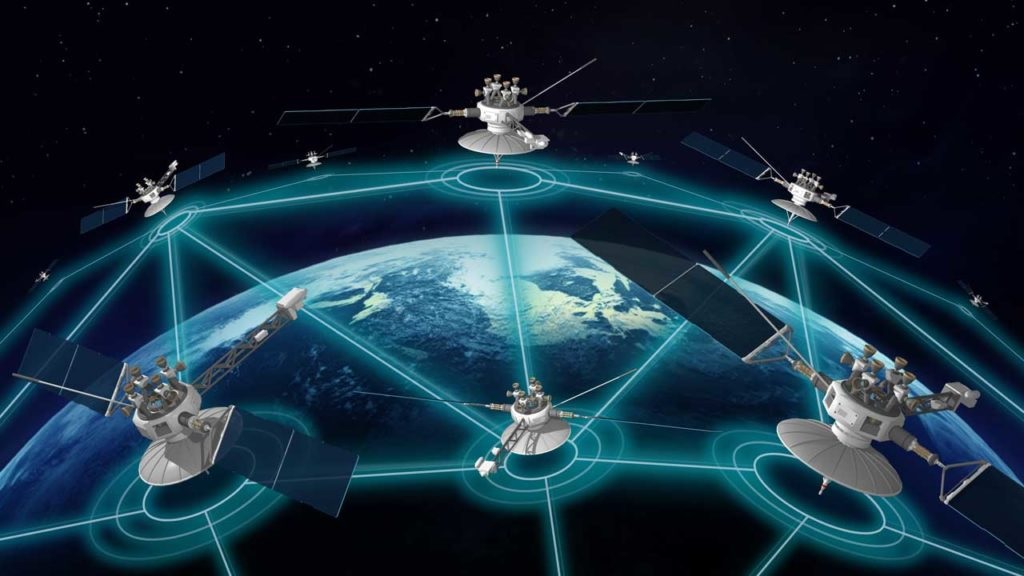World
Defense News - Estonia has declared its commitment to providing substantial military assistance to Ukraine in the face of Russia invasion, offering a comprehensive aid package valued at around 80 million euros ($87.5 million). The assistance comprises Javelin anti-tank missiles, surface and land platforms, diving equipment, machine guns, light weapons, and ammunition to bolster Ukraine defense capabilities.Hanno Pevkur, Estonia Minister of Defense, emphasized that this long-term military support aims to maximize benefits for Ukraine without depleting Estonia own military resources. Reflecting on the pivotal role played by Estonian Javelins in the defense of Kyiv last year, Pevkur highlighted the need for ongoing international support to ensure Ukraine fight for freedom is successful.The aid package serves as a strategic message to counter the actions of the Russian regime, with a commitment to sustained support until Ukraine achieves victory. Pevkur emphasized the broader implications, stating, "What s at stake isn’t only the security of Ukraine, but also Estonian, transatlantic, and global security as a whole."In conjunction with the announcement, the Estonian government released a discussion paper evaluating transatlantic security in the context of the Eastern European conflict. The documentation outlines estimates of the annual support required to ensure Ukraine triumph over Russia.Pevkur called on the international community, stating, "Allies have what it takes," highlighting that a relatively small commitment—0.25% of the gross domestic product annually from free-world nations—could significantly impact Russia aggressive actions in Ukraine. He stressed that such support is a modest investment compared to the potential costs if Russia aggression goes unchecked.To underscore their commitment, Estonia plans to allocate the same percentage of its gross domestic product for the next four years to bolster Ukraine military capabilities. Pevkur urged the importance of collective efforts, stating, "Ukraine is also fighting for us," and emphasized the significance of each war machine destroyed with external assistance in reducing the Russian threat to Europe. The overarching message is a call to action, demonstrating that with determination, there is a path to providing enduring support for Ukraine in its quest for freedom.
Read More → Posted on 2023-12-19 15:45:43World
Defense News - Kyiv-based Terminal Autonomy has secured a contract to supply the Ukrainian Armed Forces with 50 AQ-400 Scythe drones each month, and there are ambitious plans to scale production to 500 units by 2024. Co-founder Francisco Serra-Martins expressed the company ultimate goal of manufacturing 1,000 units on a monthly basis, as reported by Forbes.What sets the AQ-400 Scythe drone apart is its construction using "milled sheets of plywood from a network of furniture factories." This innovative approach to material selection distinguishes it from other drones on the market, including those made through 3D printing or composed of materials like fiberglass. The plywood construction facilitates a more scalable mass production process.The drone boasts an impressive operational range of 750 to 900 kilometers (466 to 559 miles), depending on the engine variant chosen. This extensive reach places significant portions of Russian territory and the entirety of Crimea within its operational scope. Terminal Autonomy offers flexibility in engine options, allowing the drone to be equipped with either domestic or imported engines.With a cruising speed of 140 kilometers (85 miles) per hour, the AQ-400 Scythe can accelerate to 200 kilometers (124 miles) per hour during its terminal stage, ensuring swift and effective mission execution.Drawing parallels with the Iranian Shahed drone, the AQ-400 Scythe features a 42-kilogram (92-pound) warhead. This includes the option of a locally manufactured thermobaric warhead or a pair of 122mm artillery rounds that disperse shrapnel, according to insights from Serra-Martins as reported by Forbes. The drone modular bay supports various mission-specific payloads, and its compact design enables the stacking of 30 drones within a standard shipping container.A notable aspect of the AQ-400 Scythe is its cost-effectiveness, with a base price of $15,000 or $30,000 when equipped with guidance systems. Additionally, the drone exhibits versatility in take-off options, capable of launching from short runways, such as roads, or utilizing rocket-assisted take-offs in scenarios where traditional runways are unavailable. This combination of features positions the AQ-400 Scythe as a formidable and adaptable asset in the Ukrainian Armed Forces drone arsenal.
Read More → Posted on 2023-12-19 15:40:50India
Defense News - The Defence Acquisition Council (DAC) has ushered in a new era for military technology procurement, marking a significant advancement in the precision capabilities of tanks. Currently, the manual positioning of T-90 tanks for target accuracy is set to undergo a transformative change with the approval of cutting-edge technologies.In a pivotal meeting held on November 30, the DAC greenlit the acquisition and integration of two groundbreaking technologies for T-90 tanks: the Digital Ballistic Computer (DBC) and Automatic Target Tracker (ATT). Both components are integral parts of the fire control system, designed to enhance the tanks tracking and targeting precision.At the forefront of this technological leap is the concept of Acceptance of Necessity (AoN), signifying the Ministry of Defense initial approval in the procurement process. The backbone of the Indian Army armored capabilities comprises T-90 and T-72 tanks, predominantly sourced from Russia.A strategic shift is underway as the aging T-72 tanks make way for the introduction of 1,700 Future Ready Combat Vehicles (FRCV), a procurement initiative currently underway. These FRCVs will be equipped with Battlefield Management System (BMS) equipment, further modernizing the Army operational capabilities.With a focus on the T-90 tanks, the DACs approval marks a paradigm shift in their functionality. Approximately 475 additional T-90 tanks are in development, supplementing the existing fleet of 1,200. These tanks will undergo refurbishment, with an emphasis on integrating the ATT technology, a game-changer in target acquisition.An official from the defense ministry emphasized the significance of this technological infusion, stating that the integrated ATT would "help the T-90s get better sight to spot enemy tanks easily." The Automated Target Tracker technology not only simplifies the targeting process but also enables precise engagement with moving targets, a feat unattainable through manual positioning.The Digital Ballistic Computer plays a crucial role in determining the trajectory of rounds fired by the tanks, considering factors such as atmospheric conditions, internal tank temperature, ambient temperature, and wind speed. By transitioning from an analogue to a digital system, the Indian Army aims to eliminate biases and human errors in calculations.Looking ahead, the phased replacement of T-72 tanks by the FRCVs underscores India commitment to staying at the forefront of military technology. The integration of Battlefield Management System equipment on FRCVs ensures a comprehensive modernization approach, reflecting the nation readiness for future combat scenarios.
Read More → Posted on 2023-12-19 15:36:08World
Defense News - In a significant display of solidarity with Ukraine, Denmark and Sweden have recently formalized their commitment to send additional combat vehicles to the embattled country. The joint declaration, signed on December 18, outlines a collaborative effort to bolster Ukraine defense capabilities through the delivery of newly produced Combat Vehicle 90 (CV90).The Swedish defense ministry conveyed that the letter of intent solidifies the two Nordic nations resolve to leverage their industrial capabilities in facilitating the provision of these combat vehicles to Ukraine. This move comes as an extension of support, building on Sweden earlier donation of 50 CV90s to Ukraine.Swedish Defense Minister Pal Jonson emphasized the CV90s pivotal role in enhancing Ukraine defense capabilities. The recent agreement follows a preceding pact between Stockholm and Kyiv in August, signaling a commitment to intensified cooperation in the production and servicing of infantry fighting vehicles.Although the exact number of vehicles and delivery timelines remain undisclosed, the Danish government is set to contribute an initial investment of $264 million. Subsequently, Stockholm will proceed with the order and acquisition of the CV90s, which are manufactured by BAE-Systems Hagglunds.This collaborative effort marks a strategic step forward in the partnership between the two countries. While the possibility of joint manufacturing of CV90s in Ukraine was hinted at in the August agreement, Swedish executives have refrained from commenting on specific plans in that regard.Denmark commitment to military aid for Ukraine extends beyond combat vehicles. In September, the Danish Ministry of Defense announced a comprehensive aid package totaling $833 million. Over a three-year period, this support encompasses tanks, Infantry Fighting Vehicles (IFVs), tank ammunition, and anti-aircraft guns.Notably, recent orders for CV90s have been placed by Slovakia and the Czech Republic, further underlining the growing significance of this advanced combat vehicle in European defense strategies. Slovakia secured 152 vehicles for $1.37 billion, while the Czech Republic acquired 246 units for $2.2 billion. While specific details of these deals were not disclosed, the average cost per CV90 in both cases is estimated to be around $9 million.
Read More → Posted on 2023-12-19 15:31:26World
Defense News - The Spanish Army has celebrated the arrival of its inaugural fleet of six Castor armored engineering vehicles from General Dynamics European Land Systems (GDELS), marking a significant advancement in military technology. These combat vehicles are poised to play a crucial role in supporting armored units and enhancing mobility during ground operations.A ceremonial handover took place at a GDELS facility in Seville, with the distinguished presence of state defense secretary Mariaz Amparo Valcarce Garcia and various army officials. Garcia emphasized the importance of this new capability, describing it as a "substantial technological advancement" that empowers sapper units with heightened protection, operational capacity, and essential mobility for mission success.Built on the ASCOD 2 Pizarro platform, the Castor engineering vehicle boasts a versatile set of capabilities, including tasks such as leveling, filling trenches, clearing obstacles, and aiding in river crossing operations. The vehicle can be equipped with a bulldozer blade, plow, roller, breach marking system, and a heavy mine-clearing hose launcher system, enhancing its adaptability for various missions.One notable aspect of the Castor is its 100% Spanish design, a historic milestone according to GDELS general director Juan Escrina. Specifically tailored for the missions of the Armed Forces sapper and engineer units, the vehicle showcases improved lethality through its all-weather target acquisition systems and a 12.7-millimeter machine gun.Looking ahead, the Spanish Army can anticipate the delivery of the remaining 30 Castor vehicles, completing the order by 2024. This development underscores Spain commitment to cutting-edge military technology and its dedication to providing its armed forces with state-of-the-art equipment designed to meet the challenges of contemporary warfare.
Read More → Posted on 2023-12-19 05:02:26Space & Technology
Space News - In response to an inquiry in the Rajya Sabha on Thursday, Union Minister Jitendra Singh revealed that the current valuation of the Indian space economy stands at approximately USD 8.4 billion. Addressing questions about the distribution of this value between governmental and private entities, Singh outlined the landscape.He noted that nearly 80 percent of the total space economy is dominated by the downstream services market, primarily focused on communication and data applications. In this segment, the private sector emerges as a significant contributor. Singh specifically responded to an Independent MP from Rajya Sabha, Kartikeya Sharma, who raised the query.Singh detailed the bifurcation of the space economy, explaining that the upstream market, encompassing satellite and launch operations, is predominantly steered by the government. In this realm, the private sector plays a pivotal role in a vendor-oriented capacity, particularly in manufacturing and delivering sub-systems and components.Highlighting insights from various market surveys, the minister underscored that the space economy has experienced substantial growth, boasting an average Compound Annual Growth Rate (CAGR) of 8 percent.In response to a question about plans to augment the private sector share in the country space economy, Singh affirmed the government affirmative stance. Emphasizing significant initiatives, he expressed the government commitment to fostering an increase in the private sector participation in the Indian space economy.
Read More → Posted on 2023-12-19 04:57:55India
Defense News - The National Investigation Agency (NIA) has launched a series of searches at 19 locations in South India, successfully dismantling a "highly radicalized jihadi terror group," according to insider sources.These extensive raids, initiated on Monday morning, are being carried out in collaboration with state police forces, signifying a concerted effort by the anti-terror agency. The exact details of the locations and the identity of the jihadi group remain undisclosed due to operational considerations, as stated by knowledgeable sources.Among the 19 locations under scrutiny, the majority are believed to have ties to individuals associated with the radicalized jihadi group. Sources suggest that this particular terror group is actively involved in anti-India activities, demonstrating an alarming capability for planning attacks and recruiting young individuals.This recent development follows closely on the heels of a previous NIA operation targeting multiple locations in Bangalore, Karnataka. The focus of that operation was the radicalization of prisoners by a Lashkar-e-Taiba (LeT) terrorist. On December 13, six locations, including the residences of four accused individuals (one of whom is currently evading authorities), underwent extensive searches in connection to case RC-28/2023/NIA/DLI.The NIA teams involved in the raid seized a variety of digital devices, incriminating documents, and a substantial cash amount totaling Rs 7.3 lakhs. The targeted locations included the premises of Mohammed Umar, Mohammed Faisal Rabbani, Tanveer Ahmed, and Mohammed Farooq, along with the absconding Junaid Ahmed.Presently, three accused individuals remain at large in this case, which has been registered under various sections of the Indian Penal Code (IPC), the Unlawful Activities (Prevention) Act, 1967, and the Explosive Substances Act, 1884. The NIAs ongoing investigations underline the gravity of the situation and the agency commitment to addressing potential threats to national security.
Read More → Posted on 2023-12-19 04:51:36Space & Technology
Space News - India inaugural solar mission, Aditya-L1, is poised to reach its destination at Lagrange Point 1 in the early weeks of January 2024, according to Union Minister Jitendra Singh announcement on Monday.Concurrently, the Indian Space Research Organisation (ISRO) is gearing up to execute a series of tests in the coming year associated with Gaganyaan, India first human space mission, as revealed by Singh.The minister attributed these advancements to the transformation of India space sector, now open to private entities. This policy shift has sparked an enthusiastic response from startups and industries, creating a conducive environment for breakthroughs.Jitendra Singh emphasized the impact of unlocking space technology, enabling the general public to witness monumental space events like the launches of Chandrayaan-3 and Aditya. The Aditya launch alone drew the attention of more than 10,000 spectators.In the ongoing financial year from April to December 2023, India has seen investments exceeding Rs 1,000 crore in space startups, showcasing the sector robust growth, according to Singh.Highlighting the remarkable evolution, he noted that from a single space startup four years ago, India now boasts almost 190 private space startups, with many of the early ones transitioning into successful entrepreneurs.Singh acknowledged the delayed initiation of the Indian Space program, which started around the time other leading spacefaring nations were racing to the Moon. However, he underscored that India is now at the forefront of global space exploration, with Chandrayaan-3 capturing worldwide anticipation with its landing in the unexplored South Polar region of the Moon.During Prime Minister Modi visit to Washington, Singh mentioned that NASA proposed sending an Indian astronaut to the International Space Station (ISS), a prospect likely to materialize next year. He emphasized the pervasive impact of space research, asserting that it now touches every person life in some way.Singh drew parallels with NASA, noting that a significant portion of its projects relies on private funding. He disclosed plans for the Anusandhan National Research Foundation (NRF), set to receive about 70% funding from non-government sources, paving the way for a public-private partnership (PPP) model in India science and technology objectives.To achieve global standards, Singh stressed the importance of aligning parameters and yardsticks with global benchmarks. The minister sees the NRF as instrumental in propelling India toward its scientific and technological goals through a collaborative and globally competitive approach.
Read More → Posted on 2023-12-19 04:46:57World
Defense News - The Missile Defense Agency (MDA) is under congressional pressure to expedite the development of interceptors capable of countering hypersonic weapons, as outlined in the recently passed fiscal 2024 National Defense Authorization Act. Contrary to the agency initial estimates of delivering a Glide Phase Interceptor (GPI) capable of intercepting hypersonic missiles by the early 2030s, Congress mandates that the program achieve initial operational capability by the end of 2029.This directive requires the MDA not only to demonstrate the interceptor efficacy in countering hypersonic weapons through tests but also to deploy and field a minimum of 12 GPIs by the specified deadline. The legislation further stipulates that the program must attain full operational capability by the end of 2032, with a subsequent requirement for the Pentagon to deploy "not fewer than 24" GPIs by the end of 2040.To enhance this initiative, Congress has allocated an additional $225 million in funding, supplementing the agency fiscal year 2024 request of $209 million for hypersonic defense development. The legislation also empowers MDAs director to enter into cooperative development agreements with international partners, opening the possibility of collaboration with countries such as Japan, akin to the cooperative effort for the Navy’s SM-3 Block IIA program.Raytheon Technologies and Northrop Grumman, both participating in an MDA-led competition, are individually developing hypersonic weapons interceptors, each having received approximately $61 million in funding to date.Designing interceptors capable of thwarting hypersonic missiles, which can travel at speeds exceeding five times the speed of sound and maneuver during the glide phase of flight, poses significant challenges. These interceptors are intended to be integrated into the U.S. Navy Aegis Ballistic Missile Defense destroyers, utilizing the standard vertical launching system and modified Baseline 9 Aegis Weapon System to detect, track, control, and engage hypersonic threats.The urgency to develop effective hypersonic defense measures stems from the progress made by adversaries such as Russia and China, who are advancing in this domain. Noting the potential security risks, experts emphasize the need for the United States to accelerate its hypersonic defense efforts. Despite allocating approximately $4 billion annually to catch up in offensive hypersonics, the U.S. dedicates a comparatively modest sum of around $250 million per year, less than 10% of the offensive budget, to hypersonic defense.
Read More → Posted on 2023-12-19 04:40:01Space & Technology
Defense News - On December 18, TrustPoint, a pioneering startup focused on developing an advanced global navigation satellite system, revealed its strategic choice of SpiderOak to furnish cybersecurity solutions for its forthcoming network.Headquartered in Dulles, Virginia, TrustPoint envisions deploying a constellation of compact satellites designed to provide cutting-edge positioning, navigation, and timing (PNT) services catering to both commercial and national security applications.Chris DeMay, the Founder and Chief Operating Officer of TrustPoint, emphasized the selection of SpiderOak OrbitSecure software as a critical measure for ensuring "cybersecurity, mission resilience, and data reliability." Notably, TrustPoint employs a "zero-trust" architecture, where default distrust is placed in network users, necessitating special keys for access to encrypted data. OrbitSecure leverages blockchain technology for data transactions, ensuring each modification on the ledger is meticulously time-stamped and authenticated.The comprehensive application of the OrbitSecure software spans across the space, ground, and user segments within TrustPoint operations. The company plans to initiate the provision of PNT services over the next few years as it progressively builds out its satellite constellation. In 2023, TrustPoint initiated its technology showcase by launching two micro-satellites. Target clients encompass the U.S. government and various commercial industries, particularly those in emerging sectors such as drone delivery, self-driving cars, urban air mobility, and augmented reality.Under the agreement, TrustPoint will leverage the forthcoming OrbitSecure 2.0 release, slated for 2025, to bolster protection for PNT signals. SpiderOak highlighted the inclusion of a "proprietary authentication system" in this release aimed at countering spoofing—a deliberate act of transmitting false navigation satellite signals to mislead receivers about their position, navigation, or timing.Charles Beames, Executive Chairman of SpiderOak, underscored TrustPoint as the vanguard among the new generation of commercial satellite constellations recognizing the value of delivering a comprehensive, software-only cybersecurity service. Beames emphasized that the OrbitSecure software stack secures customers data by rendering it inaccessible without cryptographic keys, employing a distributed ledger to protect each data record independently on any network.In addressing evolving threats, Beames noted, "We always assume all networks have been or will be compromised by the most highly evolved threats." By safeguarding data at the record level, OrbitSecure provides assurance to customers that their data is secure, with its origin and integrity duly verified.
Read More → Posted on 2023-12-18 15:38:04Space & Technology
Space News - Millennium Space Systems has secured contracts from the U.S. Space Force, amounting to $509.5 million, to develop the initial six satellites for a medium Earth orbit (MEO) constellation. The primary objective of this constellation is to identify and monitor ballistic and hypersonic missiles. While the announcement of Millennium Space being chosen as the satellite supplier was made last month, the contract financial details were undisclosed at the time.The Space Systems Command spokesperson revealed that Millennium Space is tasked with the production and delivery of six Epoch 1 satellites. These satellites, constructed on Millennium Space Altair satellite bus, are part of a sophisticated network of space sensors. Additionally, Millennium Space is responsible for providing the command and control systems, as well as mission data processing systems essential for the operation of these satellites.The comprehensive contract also encompasses potential awards for supporting launch activities and extending on-orbit operations for up to five additional years. If these options are granted, an extra $123.4 million will be added to the contract value.A significant milestone was achieved in November when Millennium proposed satellite successfully passed a critical design review. As a result, the company is set to commence manufacturing hardware for eventual delivery and launch scheduled for late 2026.The MEO missile tracking constellation, anticipated to include up to 27 satellites, aims to enhance coverage and detection capabilities, complementing existing systems in geosynchronous orbits. Millennium Space, a subsidiary of Boeing headquartered in El Segundo, California, specializes in the development of small satellites and rapid prototyping.In the competitive landscape, other companies like RTX and L3Harris are vying for potential future MEO satellite orders. This development aligns with the broader efforts of the Space Force to procure advanced missile-tracking satellites for its medium Earth orbit constellation.
Read More → Posted on 2023-12-18 15:34:12Space & Technology
Space News - On December 18, HawkEye 360 revealed its acquisition of Maxar Intelligence RF Solutions, a business unit that emerged following Maxar purchase of Aurora Insight. While the financial details of the transaction remain undisclosed, HawkEye 360 President Rob Rainhart emphasized the synergies gained from incorporating the on-orbit assets and expertise of the RF Solutions group into their existing capabilities.Rainhart stated, "The on-orbit assets and expertise of the RF Solutions group from Maxar Intelligence brings a complementary capability to HawkEye 360." He highlighted that the technology from the former Aurora Insight team would enhance HawkEye 360s ability to swiftly scan gigahertz of bandwidth for efficiently mapping active frequencies at a regional level, aligning with their commitment to precise geolocation and signal characterization.The acquisition expands HawkEye 360s satellite constellation by incorporating two additional RF-monitoring satellites, augmenting the existing 21-satellite fleet. Furthermore, it broadens the coverage of RF signals from 26 to 40 GHz. Patrick Zeitouni, Chief Strategy Officer at HawkEye 360, anticipates significant business potential for the wideband scanning mission, accelerating the discovery of new signals and catering to the expanding needs of commercial telecommunication operators.HawkEye 360, specializing in detecting, characterizing, and geolocating RF signals, operates a fleet of satellites that focus on signals from ships, vehicles, electronic jammers, and other devices. With plans to launch an additional dozen satellites in 2024, the company aims to strengthen its position in the geospatial intelligence market.The collaboration between HawkEye 360 and Maxar RF Solutions has been instrumental in providing RF data to the National Reconnaissance Office, and their joint effort secured a two-year option to supply data for the NROs Strategic Commercial Enhancements Broad Agency Announcement program in April.Maxar acquisition of Aurora Insight earlier in the year marked a strategic move, as the firm specializes in gathering data on spectrum and wireless network infrastructure using terrestrial, airborne, and satellite sensors. The investment, coupled with a growing demand for geospatial intelligence, positioned HawkEye 360 on a trajectory toward profitability and potential public offering. CEO John Serafini had previously mentioned in September that the company Series D-1 investment round, raising $58 million, contributed to its financial strength and strategic growth.
Read More → Posted on 2023-12-18 15:30:57World
Defense News - Leaders from Southeast Asia and Japan reached a consensus on Sunday to enhance collaboration in maritime security in response to the escalating assertiveness of Beijing, notably demonstrated in recent confrontations with Philippine vessels. Beijing expansive claims over the South China Sea, a crucial trade route, and its increasing use of vessels to enforce these claims have raised concerns among regional nations and Washington.While not explicitly naming China, Japan and the Association of Southeast Asian Nations (ASEAN) affirmed their commitment to "strengthen dialogue and cooperation for the maintenance of maritime security and safety, maritime order based on the rule of law," according to a joint statement released after a summit in Tokyo.As a staunch ally of the United States, Japan, which faces its own territorial disputes with China, has been bolstering defense spending and expanding security partnerships across the Asia-Pacific region. On Saturday, Japan announced plans to deepen ties with Malaysia and allocate 400 million yen ($2.8 million) for "warning and surveillance" equipment.In the preceding month, Japan committed to assisting the Philippines in procuring coastguard vessels and supplying a radar system. Discussions are underway to permit troop deployments on each other soil. Last week, Japan expressed "serious concern" over "dangerous actions" following a tense encounter between Philippine and Chinese vessels at contested reefs, involving a collision and the use of water cannons by Chinese ships.Philippine President Ferdinand Marcos, in an interview with Japan NHK broadcaster on Saturday, noted that the situation in the South China Sea has become increasingly complex. Japanese Prime Minister Fumio Kishida remarked on Sunday, "We are at a turning point in history, and the free and open international order based on the rule of law is facing serious challenges."Kishida emphasized Japan commitment to addressing global crises alongside ASEAN countries, referring to them as linchpins of the free and open Indo-Pacific—a term used by the US and its allies.In addition to maritime security, Japan and ASEAN leaders agreed to enhance supply chain resilience and deepen cooperation on climate change across various sectors, including energy, critical minerals, space, artificial intelligence, and cybersecurity.During a dinner he hosted on Saturday, Kishida announced the launch of an initiative for the "next generation automotive industry," aiming to maintain ASEAN position as the world leading hub for automotive production and export.Notably absent from the ASEAN summit, which marked 50 years of ties with Japan, was Myanmar. The country has been excluded from high-level meetings since the military coup in 2021. President Marcos stressed the need for proactive engagement to address the worsening violence and the plight of the people of Myanmar.
Read More → Posted on 2023-12-18 14:45:32World
Defense News - The establishment of a Russian naval base in the breakaway region of Abkhazia in Georgia, along the Black Sea, introduces a new layer of complexity to the already tense situation in the region amid the ongoing Russia-Ukraine conflict.In the midst of frequent clashes involving Ukrainian drones, Russia Black Sea Fleet warships, and missile strikes on the naval base in Sevastopol, the construction of the base in Ochamchire emerges as a focal point in the broader Great Power rivalry unfolding in the Caucasus.Abkhazia, officially recognized as part of Georgia but under the control of Russia-aligned separatist forces since the 1990s, has historical significance. The base genesis traces back to 2009, a year after the Russia-Georgia war over South Ossetia, when Russia unveiled its plans for the Ochamchire base.The development of the Ochamchire base, evident in satellite images revealing ongoing construction, is rooted in two key elements of regional geopolitics. First is Georgia concern about the base potentially being used to target Ukraine, making it a legitimate target for counterattacks. Second is the suspicion that the base represents a strategic move against the Western-backed Anaklia Project, part of the Middle Corridor aimed at facilitating cargo transportation between Asia and Europe, bypassing Russia.Georgian political figures expressed their outrage over the violation of their sovereignty in a deal signed between the separatist Abkhazia administration and the Russian government in September. In early November, 50 Georgian Members of Parliament appealed to the European Union and NATO for a unified stance against Russia, fearing that the base could entangle Georgia in Russia war in Ukraine and undermine Tbilisi Black Sea port plans.Despite the condemnation and concerns, Georgia diplomatic and security officials downplay the immediate threat posed by the base. They emphasize that even if construction begins, it will take at least three years to complete. The base is situated 500 kilometers south of Novorossiysk along the Black Sea coast.Abkhazia de facto leader, Aslan Bzhania, confirmed the agreement with Russia on the permanent naval base, framing it as essential for defense and security. While Georgia was granted EU "candidate status," the intentions behind Russia establishment of the base remain uncertain—whether geo-economic and commercial or military in nature.Given Russia strong response to Ukraine NATO aspirations, deterring further NATO expansion eastwards, talks of Georgia joining the Membership Action Plan (MAP) seem unlikely. The Ochamchire base could serve as a strategic point for Russia on the Black Sea coast, enhancing defense capabilities for both Russia and Abkhazia.The geopolitical implications are intricate, with Russia aiming to deter anti-Russian sentiments within Georgia and prevent opposition to normalized ties with Abkhazia. The ruling Dream Party of Georgia, with a majority in Parliament, has refrained from supporting resolutions against the Ochamchire base, dismissing them as provocative and politically motivated.
Read More → Posted on 2023-12-18 14:31:57World
Defense News - On Saturday, the Egyptian air force successfully intercepted and downed a drone near the Sinai Peninsula, not far from the Israeli border, as reported by state-linked media. Witnesses observed a second unidentified flying object crashing further along the coast.Yemen Iran-backed Houthi rebels claimed responsibility for launching multiple drones towards southern Israel. A Houthi spokesperson, communicating through the platform formerly known as Twitter, stated that the operation aimed at "sensitive" Israeli sites was part of their broader effort to compel Israel to cease what they termed "aggression" in Gaza.According to Egyptian television channel Al-Qahera, an unidentified flying object crashed in Egyptian territorial waters near Dahab. Witnesses reported that air defenses promptly detected and engaged the flying object. Despite these efforts, the origin of the drone remains unknown, as per information from a security services source.In recent weeks, Houthi rebels have intensified their actions in support of Gaza, targeting shipping in the Red Sea, irrespective of its destination, and causing significant disruptions to the crucial shipping route between Asia and Europe. Two global firms have announced the redirection of their vessels due to these attacks.The Houthi rebels had previously launched drones toward southern Israel following a cross-border attack by Hamas on October 7. This event triggered a comprehensive offensive against the militant group governing Gaza. In late October, two drones caused injuries to six people in Egypt when they came down in the Sinai Peninsula.
Read More → Posted on 2023-12-18 14:23:57India
Defense News - The Indian Navy has achieved a significant milestone with the successful testing of the landing and take-off of an indigenous unmanned aerial vehicle (UAV) from the deck of its homegrown aircraft carrier, INS Vikrant. This marks the first instance of the Indian Navy conducting such tests on a naval UAV from its own aircraft carrier.Although the landing occurred earlier this year, Navy officials kept it confidential until now, showcasing the navy discreet efforts in enhancing its drone capabilities. The INS Vikrant, having attained full operational status, is set to be deployed for the Milan naval wargames in February 2024.In its pursuit of advanced capabilities, the Indian Navy is actively developing aerial designs for Landing Platform Docks (LPDs) to accommodate a range of unmanned aerial vehicles, including UAVs, UCAVs (unmanned combat aerial vehicles), and uncrewed fighter jets.The Indian Navy first incorporated UAVs into sea operations in the 2000s, introducing two variants of fixed-wing UAVs, namely Searcher and Heron. Additionally, the indigenously developed Navy TEJAS achieved a historic milestone with its maiden landing on the INS Vikrant in February 2023. This achievement is hailed as a testament to India self-reliance in defense manufacturing, showcasing the nation ability to design, develop, construct, and operate indigenous aircraft carriers with homegrown fighter aircraft.The INS Vikrant, with dimensions of 262 meters in length, 62 meters in width, and a displacement of around 40,000 metric tons, boasts a flight deck spanning 12,500 square meters, equivalent to 10 Olympic-size swimming pools. With a maximum speed of 28 knots, an endurance of 7,500 nautical miles, and the capacity to carry a crew of 1,600, the INS Vikrant stands as a formidable asset for the Indian Navy.The ongoing project also involves the Indian Navy exploration and assessment of Unmanned Surface Vehicle (USV) swarm capabilities for practical application. Success in this endeavor could potentially lead to larger-scale orders in the future.
Read More → Posted on 2023-12-18 14:19:16World
Defense News - The US State Department has granted approval to the Taiwanese government for the acquisition of tactical information systems equipment, marking a significant development in bolstering the island nation defense capabilities. The proposed foreign military sale, valued at $300 million, encompasses life cycle support for Taiwan Command, Control, Communications, and Computers (C4) infrastructure.In addition to providing spare and repair parts, the sale includes comprehensive support, such as personnel training and software and hardware upgrades. The commitment involves the dispatch of 26 US government personnel and 83 contractor representatives to Taiwan, who will offer engineering and technical assistance.This initiative aims to fortify Taiwan ability to address both current and future threats, enhancing operational readiness and ensuring a secure flow of tactical information. Notably, Taiwan faces the imminent threat of invasion from China, which asserts territorial claims over the island and has expressed a willingness to use force for reunification with the mainland.The proposed sale aligns with US legislation mandating support for Taipei defense needs, as highlighted by the US Defense Security Cooperation Agency. This approval underlines President Joe Biden commitment to Taiwan security, marking the 12th arms sale to the island nation during his tenure.Anticipating the sale approval, the Taiwanese defense ministry foresees a significant boost in the effectiveness of its joint combat command and control systems, resulting in heightened battlefield awareness. Recognizing the timing of the sale as crucial, the ministry points to ongoing military operations by China around Taiwan, posing a serious threat to the safety of the Taiwanese people.Reports indicate that the sale is expected to take effect within one month, solidifying the United States ongoing support for Taiwan defense capabilities.
Read More → Posted on 2023-12-18 14:13:59World
Defense News - Finland is set to solidify its defense partnership with the United States through the signing of a crucial Defense Cooperation Agreement (DCA) this week, granting the U.S. access to 15 military bases in NATOs newest member. The Finnish defense ministry announced this development on Friday, emphasizing that Defence Minister Antti Hakkanen and U.S. Secretary of State Antony Blinken will ink the agreement in Washington DC on Monday. However, parliamentary approval in Finland remains a necessary step.The Foreign Ministry underscored the strategic significance of the DCA, stating that it will fortify Finland defense capabilities by facilitating the presence and training of U.S. forces, along with the prepositioning of defense material within Finland territory. Furthermore, the agreement is expected to contribute to the implementation of NATOs deterrence and defense initiatives.Foreign Minister Elina Valtonen is slated to attend the signing ceremony in Washington, where she will meet with Secretary of State Blinken. This move aligns with the broader regional context, as the United States recently entered into a comparable pact with Sweden on December 6, providing access to 17 military bases.The geopolitical landscape shifted for Finland and Sweden after Russia invasion of Ukraine in February 2022, prompting both nations to depart from their longstanding military non-alignment stance and apply for NATO membership. While Finland successfully joined NATO in April, Sweden awaits the ratification of its bid by NATO members Hungary and Turkey.
Read More → Posted on 2023-12-18 14:06:18Space & Technology
Space News - The Indian Space Research Organization (ISRO) is strategically working towards the establishment of a low-earth orbit (LEO) satellite communications constellation.In a groundbreaking mission in March 2023, ISRO successfully launched 36 OneWeb satellites into orbit using its LVM-3 rocket, culminating in the completion of OneWeb LEO constellation. This constellation, comprising a total of 618 satellites, is poised to deliver global broadband internet coverage from space.Operating in orbits situated between 200 km and 1,500 km from Earth, LEO satellites contribute to a substantial enhancement in bandwidth while concurrently reducing latency in space to an impressive 50-70 milliseconds.Meanwhile, China is also embarking on an ambitious endeavor, planning to deploy a mega-constellation consisting of 13,000 low-orbit satellites. This expansive network is envisioned to provide services within China, engage in surveillance of rival networks, and potentially undertake sabotage missions.Situated at the Peenya Industrial Estate in Bangalore, ISROs Laboratory for Electro-Optics Systems (LEOS) serves as a pivotal hub for the design, development, and production of Attitude Sensors tailored for all LEO, GEO, and interplanetary missions.
Read More → Posted on 2023-12-18 14:01:02World
Defense News - Reports are circulating that the notorious global terrorist, Dawood Ibrahim, is allegedly in critical condition at a hospital in Karachi, Pakistan, with unconfirmed speculations pointing to poisoning as the cause of his sudden health decline. The 65-year-old fugitive, one of India most wanted criminals, has long found refuge in Karachi under the protection of Pakistan ISI, evading global law enforcement agencies, including India RAW.Linked to a range of criminal activities such as organized crime, terrorism, and drug trafficking, Dawood Ibrahim is infamous as the mastermind behind the 1993 Mumbai bomb blasts, resulting in over 250 casualties and thousands of injuries.The circumstances surrounding his hospitalization remain mysterious, as both Pakistani and Indian officials have yet to officially confirm the news. Speculation about poisoning adds complexity to the situation, intensifying the intrigue.Information about Dawood health is primarily disseminated through social media channels. Recent reports suggest significant health challenges, including the amputation of two toes in a Karachi hospital due to gangrene, a claim previously dismissed as fake by his close associate Chhota Shakeel two years ago.Despite limited coverage in Pakistan official media—restricted to outlets such as The Dawn newspaper and Geo TV—news of Dawood Ibrahim alleged poisoning is gaining traction on Twitter (X). Many Indian users are expressing both celebration and skepticism, with some mistakenly crediting India National Security Advisor Ajit Doval for the development. However, it is crucial to note that the Government of India and Indian intelligence agencies have not made any official statements on this matter.
Read More → Posted on 2023-12-18 13:56:05Search
Top Trending
-
 Agneepath Scheme replaced with Sainik Samman Scheme 2024, Defence Minister Rajnath Singh Relaunched Agniveer Scheme
Agneepath Scheme replaced with Sainik Samman Scheme 2024, Defence Minister Rajnath Singh Relaunched Agniveer Scheme
-
 China's Latest DF-31AG ICBM Test: A Strategic Leap in Global Missile Capabilities
China's Latest DF-31AG ICBM Test: A Strategic Leap in Global Missile Capabilities
-
 Pakistan Announces 15% Increase in Defence Budget for 2024-25 Amid Economic Crisis
Pakistan Announces 15% Increase in Defence Budget for 2024-25 Amid Economic Crisis
-
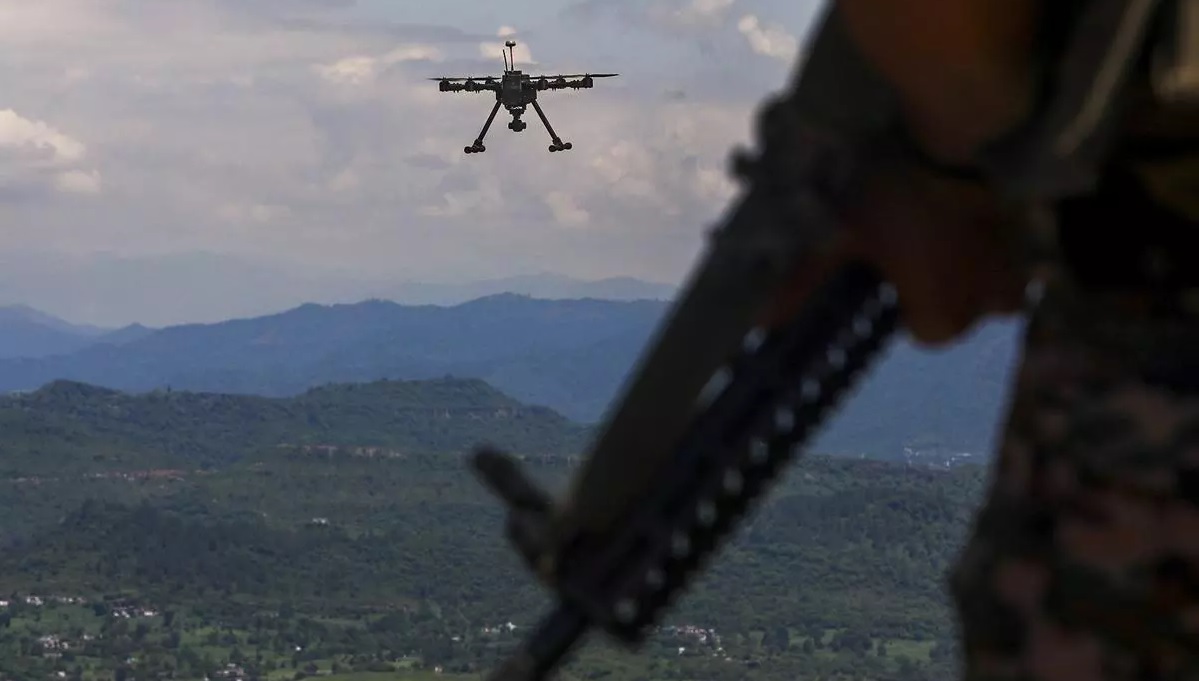 India's Defence Ministry Warns Against Chinese Parts in Military Drones Amid Security Concerns
India's Defence Ministry Warns Against Chinese Parts in Military Drones Amid Security Concerns
-
 China’s Super Radar Detects Mysterious Plasma Bubble Over Giza Pyramids
China’s Super Radar Detects Mysterious Plasma Bubble Over Giza Pyramids
-
 India's Indigenous Kaveri Engine Program with New Focus on Thrust and Performance
India's Indigenous Kaveri Engine Program with New Focus on Thrust and Performance
-
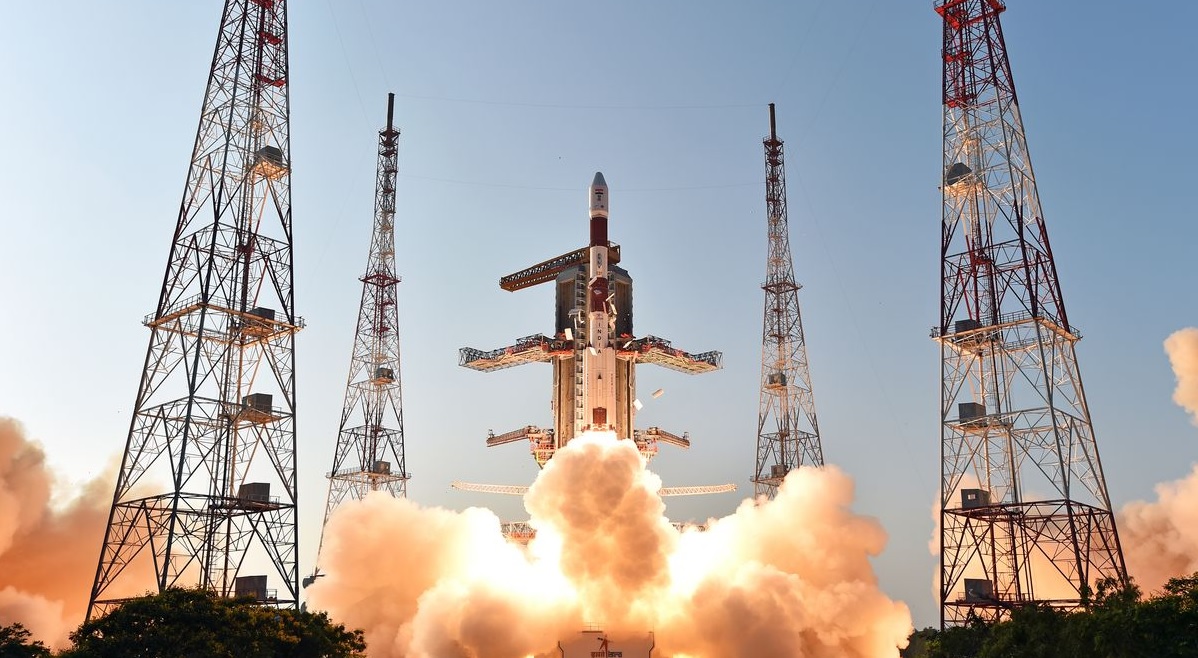 Isro Draws up Ambitious Plan for 2024, says will Launch at Least 12 Missions
Isro Draws up Ambitious Plan for 2024, says will Launch at Least 12 Missions
-
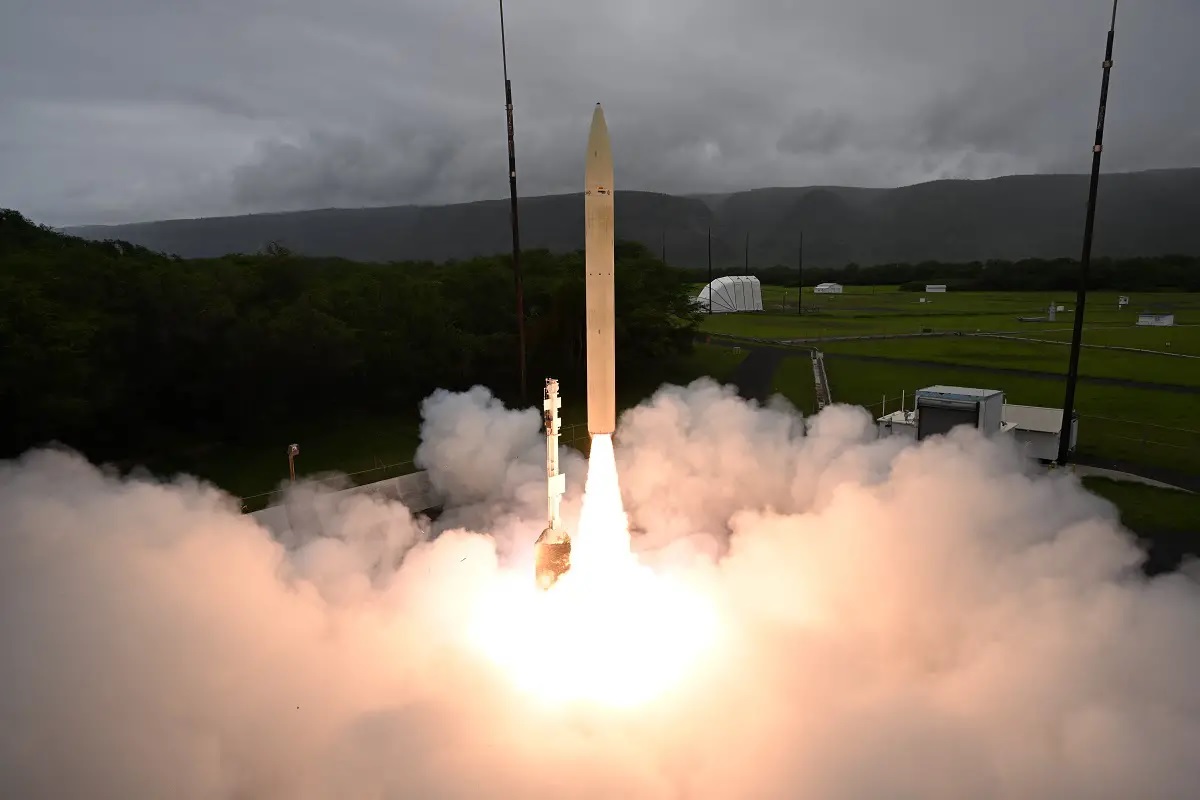 Successful Hypersonic Missile Test by U.S. Department of Defense
Successful Hypersonic Missile Test by U.S. Department of Defense
Top Trending in 4 Days
-
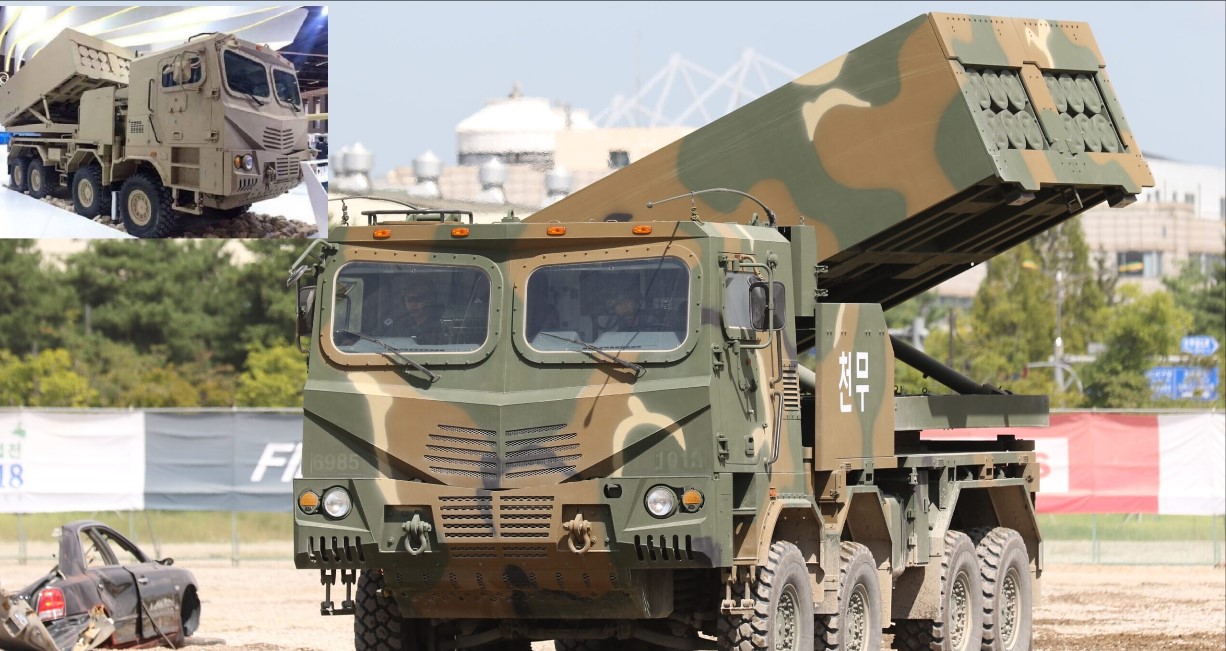 South Korea’s K239 Chunmoo Rocket Artillery Spotted in Saudi Arabia
South Korea’s K239 Chunmoo Rocket Artillery Spotted in Saudi Arabia
-
 Russia Fires Intercontinental Ballistic Missile at Ukraine
Russia Fires Intercontinental Ballistic Missile at Ukraine
-
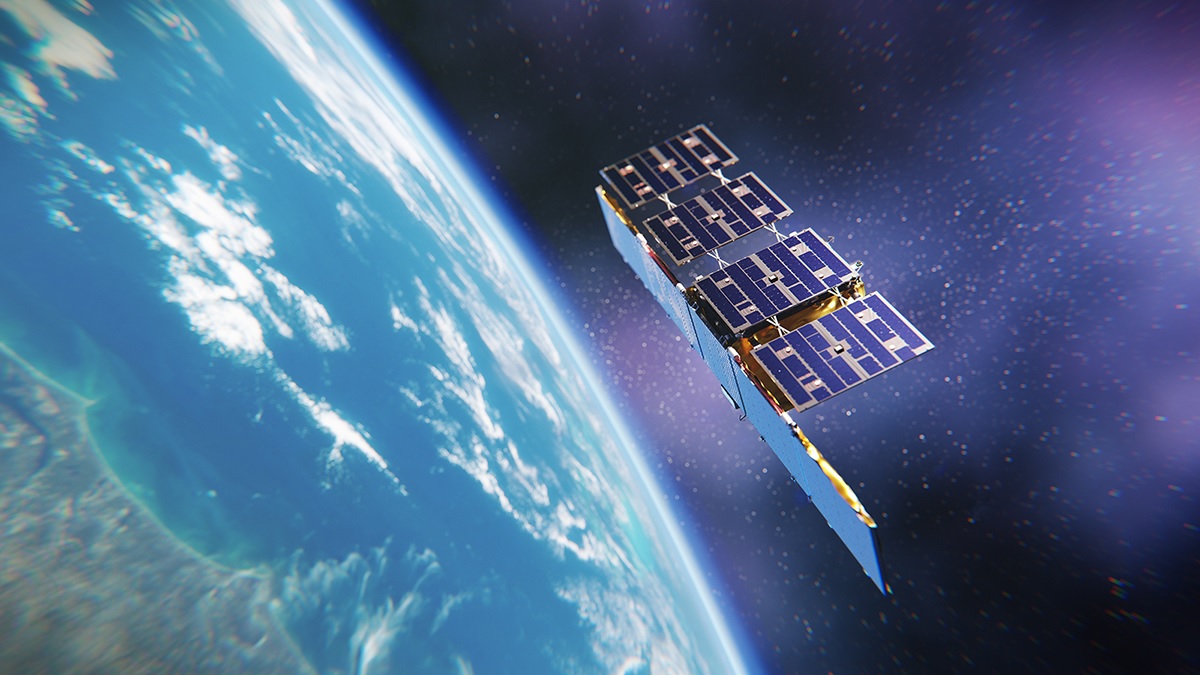 Advancing Space Tech for Defense: ICEYE Leads Finland's F-35 Industrial Participation Program
Advancing Space Tech for Defense: ICEYE Leads Finland's F-35 Industrial Participation Program
-
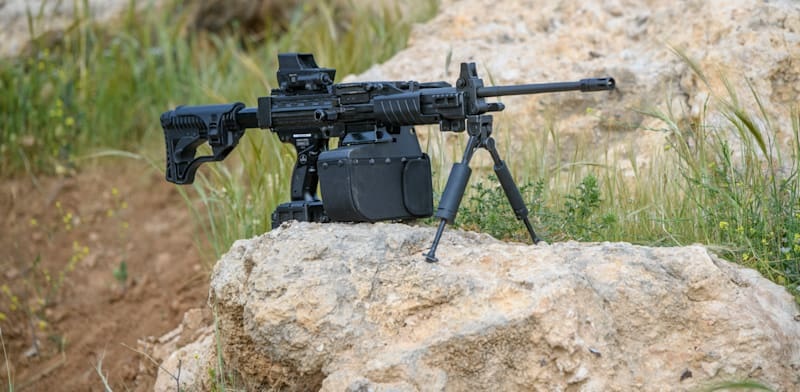 India-Israel AI-Enhanced Weaponry Makes Combat Debut in Gaza
India-Israel AI-Enhanced Weaponry Makes Combat Debut in Gaza
-
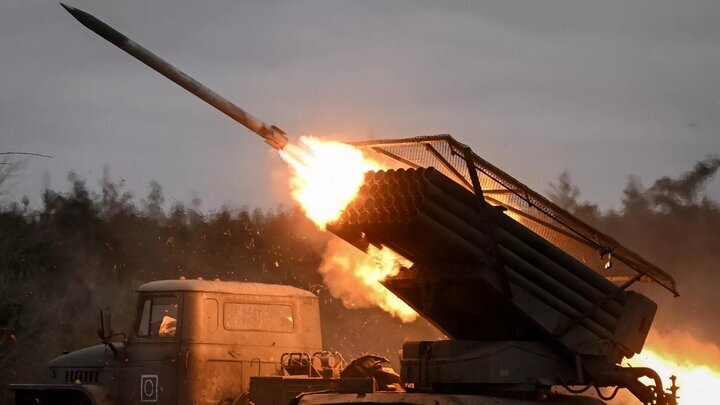 Russia Reports Interception of 44 Ukrainian Drones Including 20 over Novgorod region
Russia Reports Interception of 44 Ukrainian Drones Including 20 over Novgorod region
-
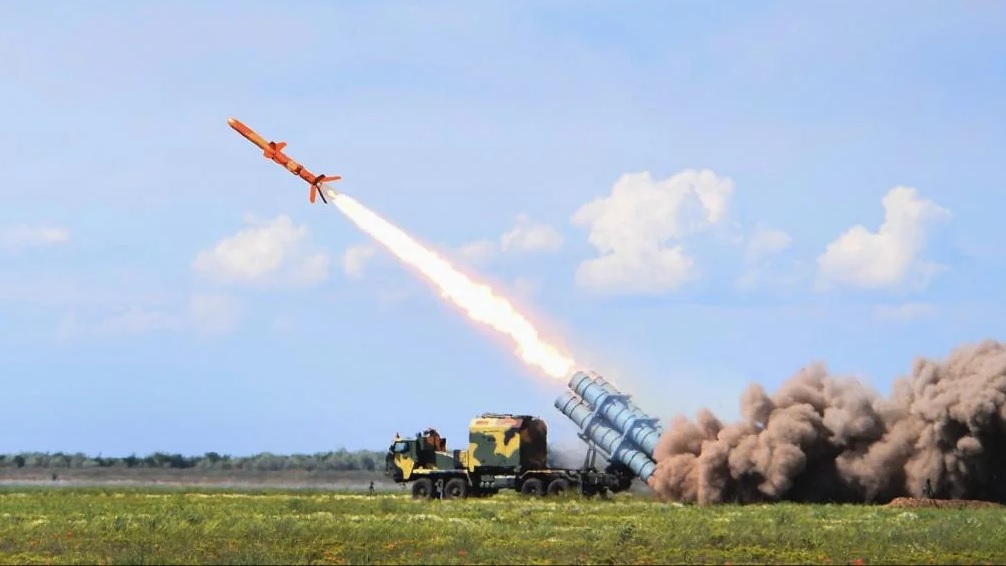 Ukraine Scales Up Neptune Missile Production: Over 100 Units Manufactured with Enhanced Range
Ukraine Scales Up Neptune Missile Production: Over 100 Units Manufactured with Enhanced Range
-
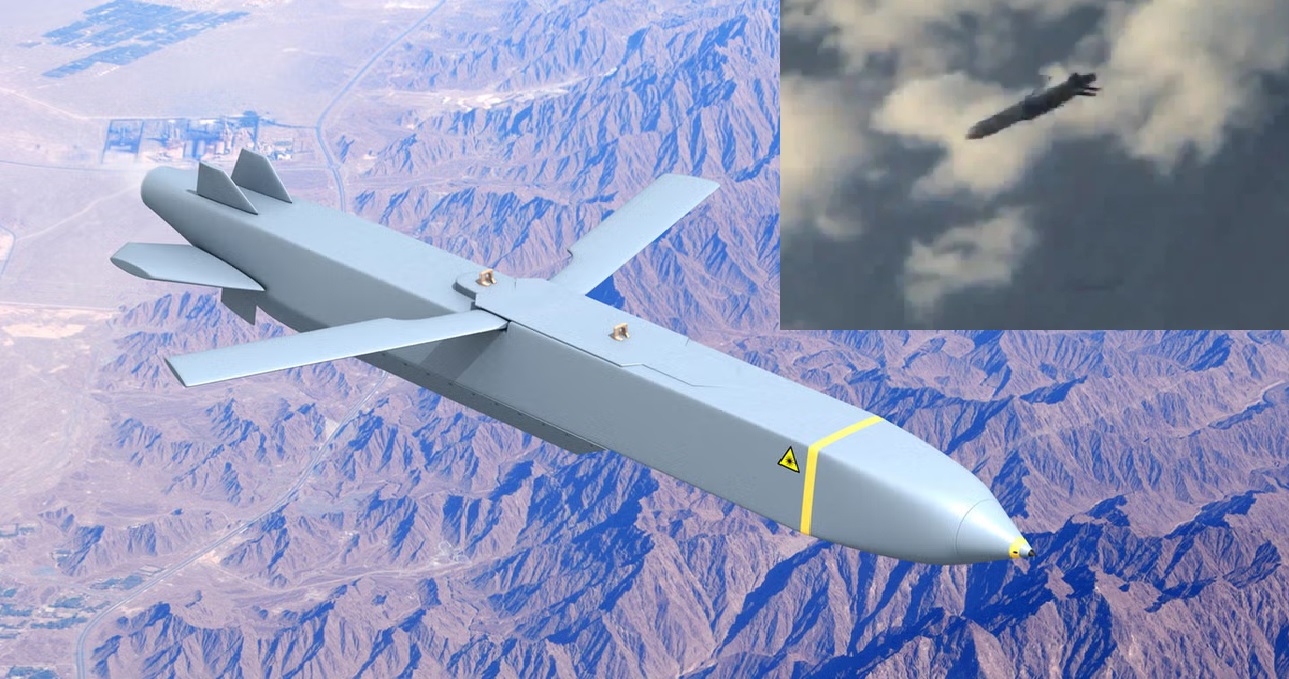 Ukraine’s Launched UK Storm Shadow Missiles to Strick Inside Russia
Ukraine’s Launched UK Storm Shadow Missiles to Strick Inside Russia
-
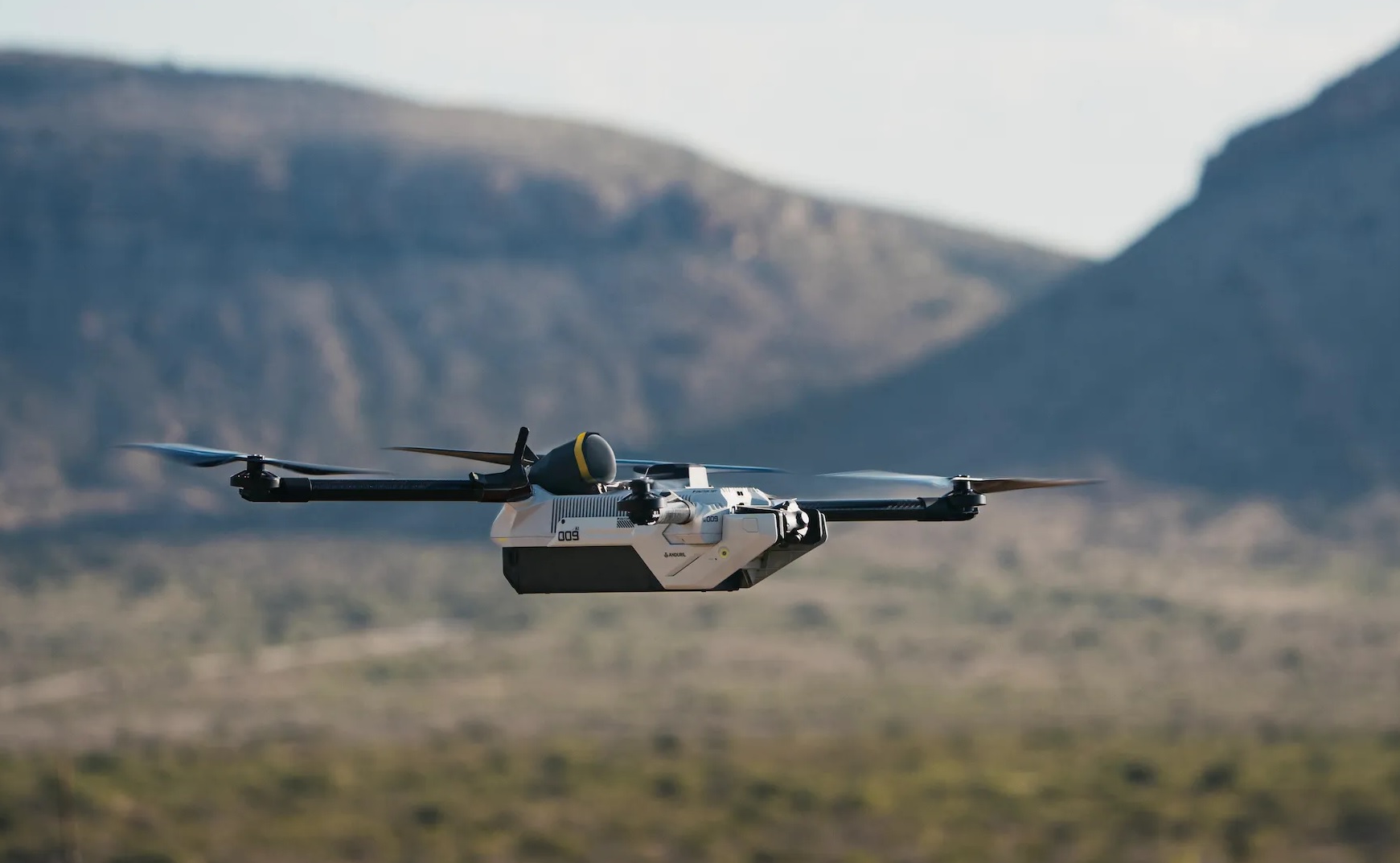 Anduril New Drone Countermeasures to Fortify U.S. Marines Against Aerial Threats
Anduril New Drone Countermeasures to Fortify U.S. Marines Against Aerial Threats

